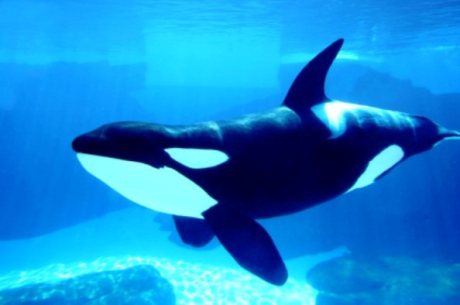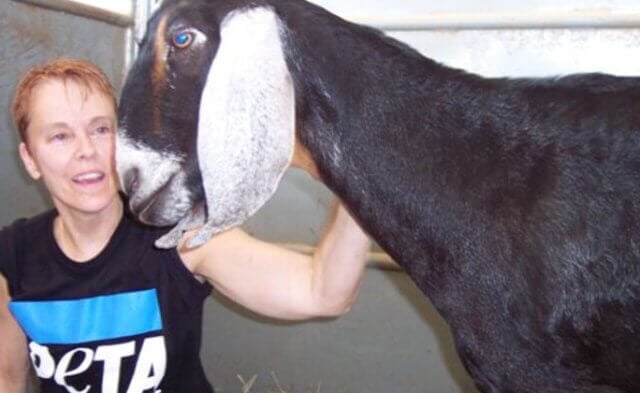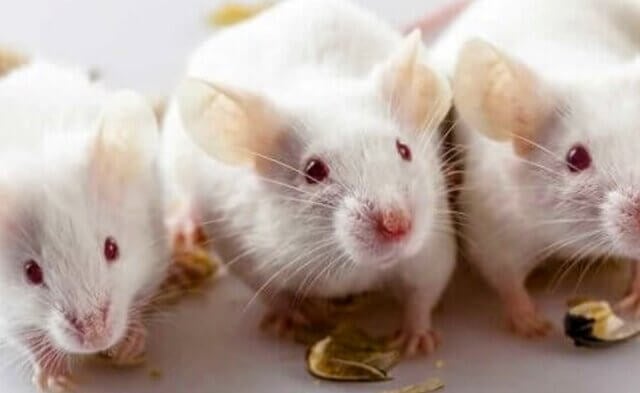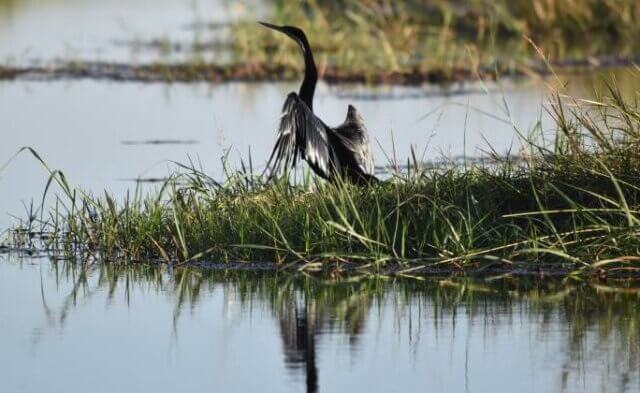The riveting documentary Blackfish has justifiably received a lot of attention, but Death at SeaWorld: Shamu and the Dark Side of Killer Whales in Captivity, released about a year earlier than the popular film, is equally compelling.
When investigative journalist David Kirby first started writing, he intended to give “both sides” of the story. He repeatedly attempted to get SeaWorld’s input and comments and wanted to devote part of the book to the park’s position. Not only was he utterly rebuffed, his meticulous research also uncovered irrefutable proof that captive orcas live in misery and die prematurely at the marine parks. The book offers harsh criticism of SeaWorld, with plenty of documents and details to back it up.
Hear Their Cries
The empirical evidence is overwhelming: Confining animals who have evolved over millions of years to swim the vast open oceans causes them to experience depression, catastrophic health issues, and aggression—for instance, orcas have pulled trainers into the water, held them at the bottom of the pool, and head-butted and slammed into them. There are no records at any time in history of wild orcas seriously injuring or killing a person, yet about 15 percent of all orcas held in SeaWorld’s collection have been involved in acts of serious aggression against trainers. The orcas and the public are speaking, but SeaWorld isn’t listening.
It’s actually a tough book to read. The sheer, unmitigated misery of these intelligent animals comes right through the pages. Trainers routinely stuff the gills of the fish fed to the orcas with antibiotics, antacids, and vitamins. Some orcas are given up to 80 pounds of gelatin per day, in part to combat dehydration. Others break and wear down their teeth on metal gates and must have the pulp removed with a power drill.
SeaWorld Is Tanking
Kirby’s findings were prophetic. SeaWorld’s stock has tanked, Southwest Airlines dropped a 25-year partnership, and in a desperate attempt to reverse its downward spiral, the theme park has announced plans to expand its concrete tanks a bit and call them the orcas’ “home.” But a few extra gallons and a plant or two won’t fool anyone, and no orca is going to believe these tanks are “home.”
Order your copy of Death at SeaWorld today so that you have facts and figures at the ready. When you’re finished, come back to tell us why your family never goes to SeaWorld.
PETA is a participant in the Amazon Services LLC Associates Program, an affiliate advertising program designed to provide a means for sites to earn advertising fees by advertising and linking to Amazon.com





